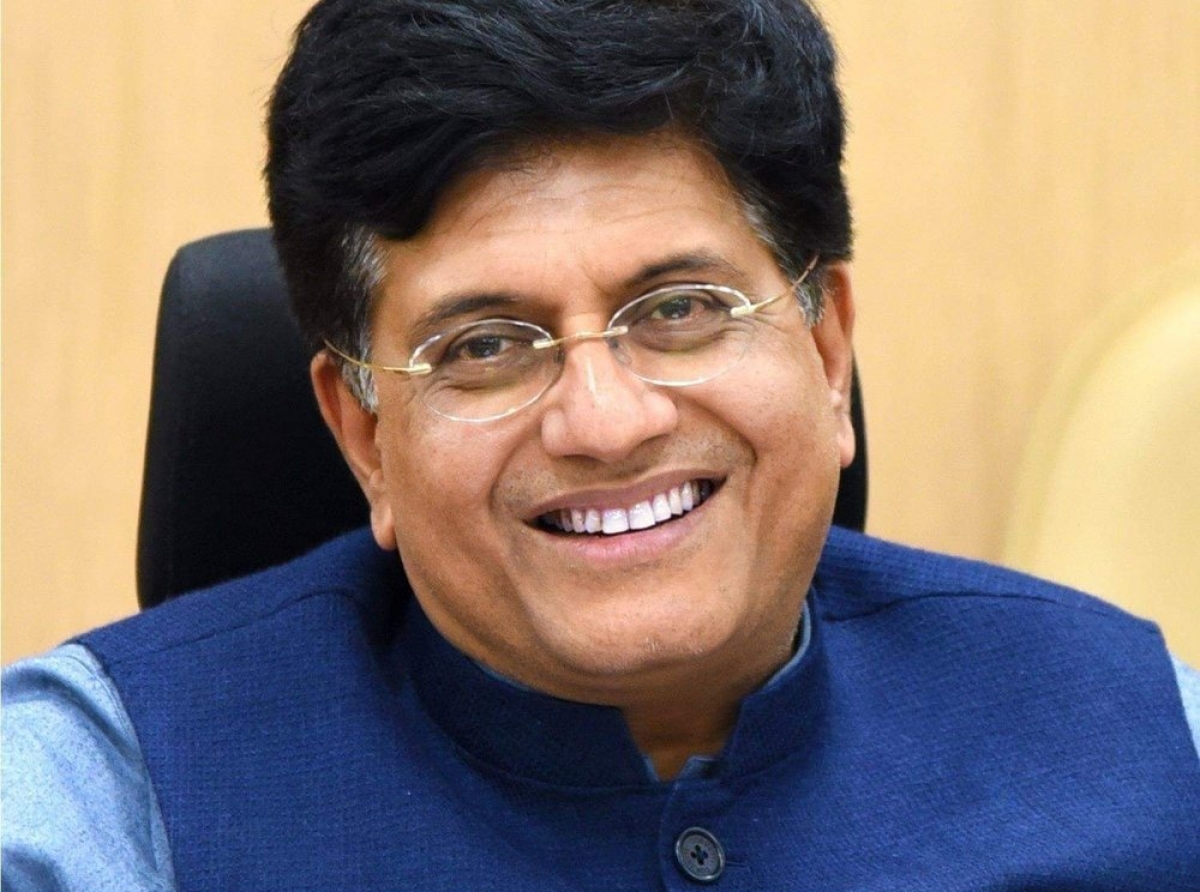PLI for Textiles: The conundrum of optimising production build up v/s battering exports

2nd Aug 2021,Mumbai:
New Textile Minister, Piyush Goyal has job cut out for him by striking a key balance between boosting manufacturing yet not to take an eye off the falling sector exports for an ailing industry.
Industry credentials
Sector is a prime job creator providing direct employment to 45 million individuals, and oblique employment to 60 million individuals as per official estimates, this extremely labour-intensive sector is claimed to create maximum employment for every crore invested & marginally trails to total agriculture by way of employment generation.
State of affairs
In recent past, Indian Textile space has critically lost its global competitiveness and market share in Textile & Clothing (T&C) to competing nations like Bangladesh and Vietnams of the world for more than one reasons. India currently ranks sixth in the top world exporters of textile and apparel. It has witnessed a decline in its share in world exports of textile and attire from 4.84% in 2015 to 4.34% in 2018 at a CAGR of (-) 1.14 per cent (2019). While the sector’s progress efficiency had deteriorated even earlier than Covid, the pandemic induced
Spotlight shifts to recent trends
The heartwarming buoyancy witnessed is India’s overall merchandise exports reached an all-time quarterly high of $95 billion in the three months ending June 2021, readymade garments (RMG) experienced double digit declines, as compared to June 2019 levels. But caveat here is how secular and sustainable & sanguine is the emerging trend.
To boost local manufacturing and exports to shore up employment in the sector, the government had recently sanctioned the Production Linked Incentive (PLI) Scheme for the sector, with an aggregate total outlay of Rs. 10,680 Crore under the preamble of Atmanirbhar Bharat Abhiyan.The thrust of the scheme is proposed to be on the given sub-sectors viz. 'Man-Made Fibre (MMF)' Apparel and Technical Textiles. It is expected that the scheme could cover forty product categories under 'MMF', whereas ten under the Technical Textile segment. It is quite probable that incentives would be provided to both greenfield and brownfield investments under this scheme, between 3 to 11% of the incremental revenues’ year-on-year for successive 5 years.
Watch: https://www.youtube.com/watch?v=7FeAnyxrVrc
By shifting spotlight on these two non-traditional war horses/ sectors, underlying objective of the PLI scheme for textiles is and semblance is it will bring out required structural changes in the textile sector. On the back of facts these changes could most certainly help to diversify the export basket, yet experts fear the revival of exports could be non-clinical/ short-lived. Instead experts argue that larger issue is a much deeper participation by India moving up the manufacturing global value chains by being rank insiders.

TOP5:
1. Gokaldas Exports FY22 Q1 income reaches Rs 242.98 crore
2. Fabindia launches new sub-brand ‘FabNU’
3. Aditya Birla Fashion and Retail Limited (ABFRL) posts Rs 347.14 crore net loss in Q1FY22
4. Welspun India, global leader in Home textiles, announced its Q4FY21 results
5. Government to Parliament: Received complaints about e-commece behemoths flouting FDI policy
Read More:
Raymond Q1 net loss narrows to Rs 157.10 crore
‘We expect 2022 to be a rocking year for the garment industry’
DLF Mall, Delhi-NCR new store brings back ‘Guess’ to the consumers
























